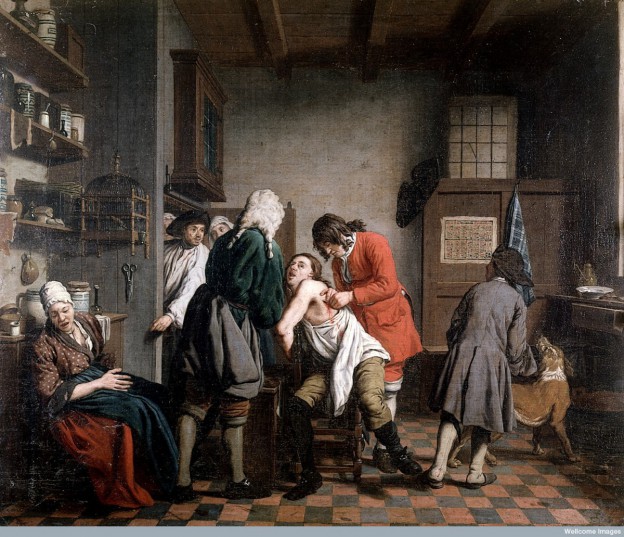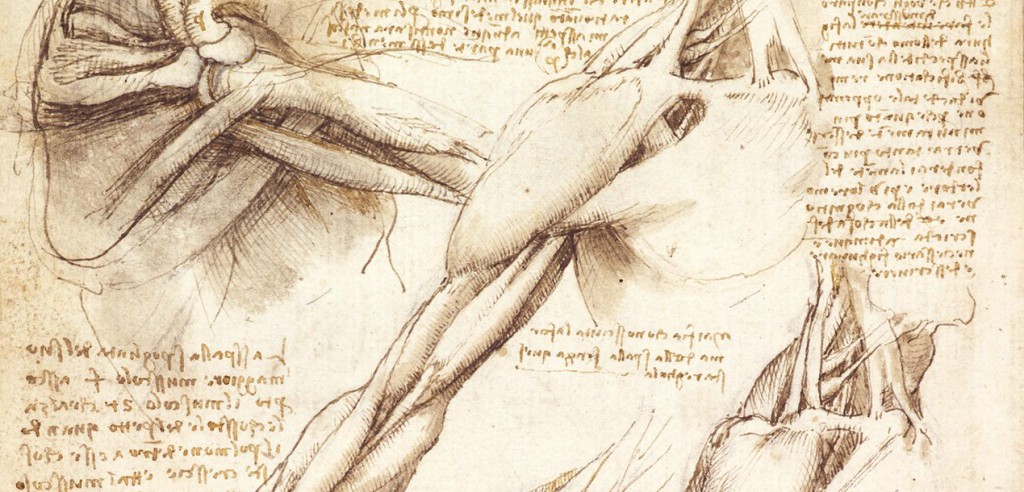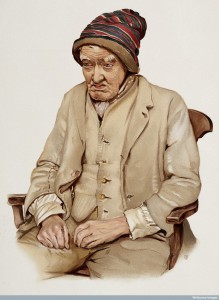My experience when reading the text and looking at the images of Weems, “From here I saw what happened and I cried” was very powerful and moving. The photographs is speaking to the viewers, telling a story, gives history of slavery and racism. Weems bring the photographs to life. It took me to another place. I felt like I was watching movie, history in action. It helped me to visualize in depth the meaning of the message the photograph series is conveying. The pain and suffering of slaves. I see the power and control when I looked at these photographs, the different age range of each person and their position. These photographs was recreated for a different purpose. Weems purpose was different from the scientist purpose. The glass added with the text to tell the true story, give it a voice/sound, to connect the viewers so that you would evaluate and stay focused on what was being told. The monochrome red was put in place of the other lighting to hide certain elements that the scientist were exposing negatively. It is possible to read the text and look at the images at the same time. The work without the text would not catch the viewers attention for a long period of time and would not be as strong. The text gave the photographs a greater meaning, understanding, and strength. The text also communicates and educates. I think Weems photographic project was creative and is a perfect way to convey a message of history in such a unique way. This is powerful.
Tag Archives: homework topics

Homework #1 Michael Estrada
What I have found striking of this image was , how the patience in this image is being treated. it reflects how medicine has been improved over time. It got my attention because this image shows someone having a surgery . I think it was a common act where the surgeon did not have a specific place where to do this surgery or the patient could go like a hospital or a right place to do the surgery. We can also see the lack of hygiene during a clinical surgery, as we see there is a dog being walking around which might represent the lack of cleanliness and a mother or wife who suffers of pain more than a man who is being treated maybe with no anesthesia at all . It also shows a surgeon with no glove or special tools for doing a well surgical process as now days. I am seeing someone putting its own hand in a open wound trying to move or find something inside the patient. This image shows same contrast, feelings and reality as the images seen in class. through this master piece of drawing we can see how the history of medicine has been improved since long time ago where there was no camera of any relating media as there are plenty of them today.
Homework #1 Wellcome Image
The Wellcome Image I chose is titled “An old man diagnosed as suffering from senile dementia” by J. Williamson, ca. 1890. This image captured my attention because it depicts the last stages of our life: old age. Not only is this lithograph portraying old age but also as described by the title, “… as suffering from senile dementia”. This image captures a sense where there is no control of our cognitive thoughts hence senile dementia; no sense of present awareness can be seen. The old man also has a slumped body language, which for me represents sadness, discontent and a sense of tiredness. The old man is not even facing J. Williamson. His eyes show unhappiness but also a sense of unawareness and blankness. The wrinkles under his eyes seem sad and deep. The lines on his face show he has been through a lot in life. This image seems to have been taken during the winter season as seen by the subject’s clothing such as the winter hat, sweater and what looks like a scarf around his neck. This image reminded me of the readings we had to do during week two of class from Martin Kemp’s, “Medicine in View: Art and Visual Representation”. It showed an image of a woman who was filled with envy; a portrait by Théodore Géricault titled Woman Exhibiting the Monomania of Envy (facing). This image was created as a means to study the subject as well as to diagnose and treat them afterwards.




